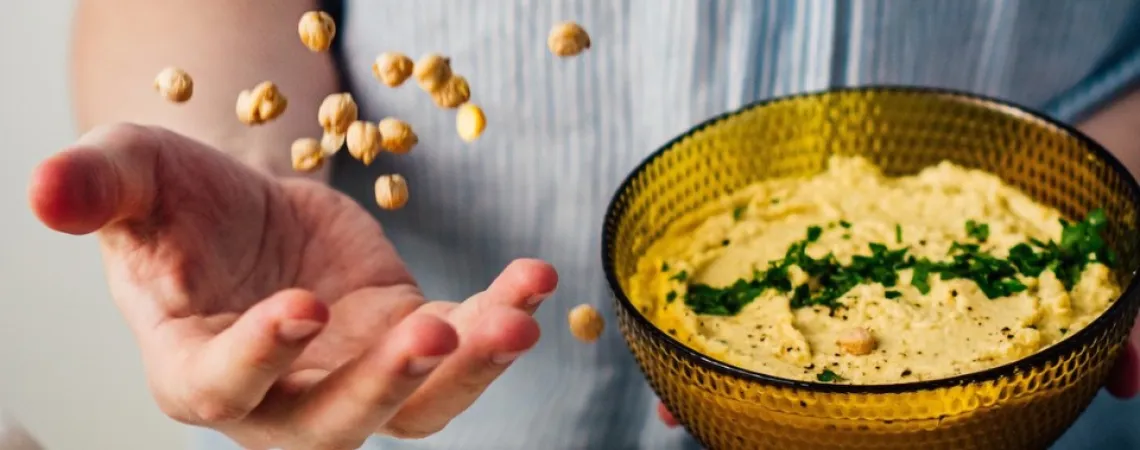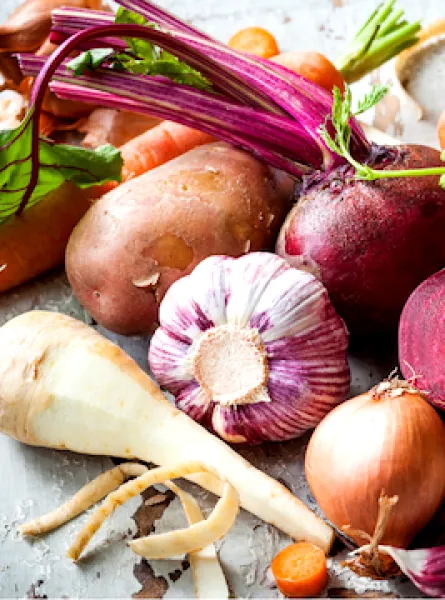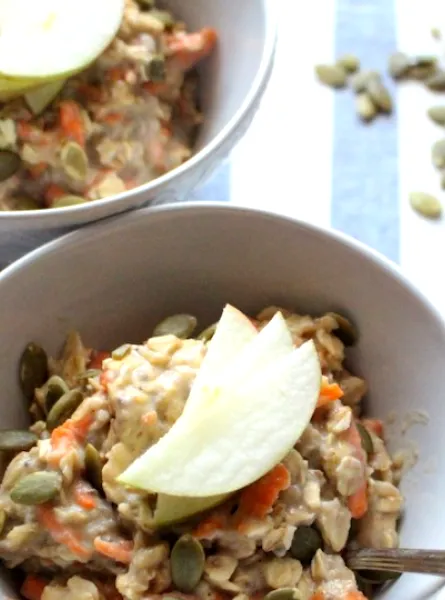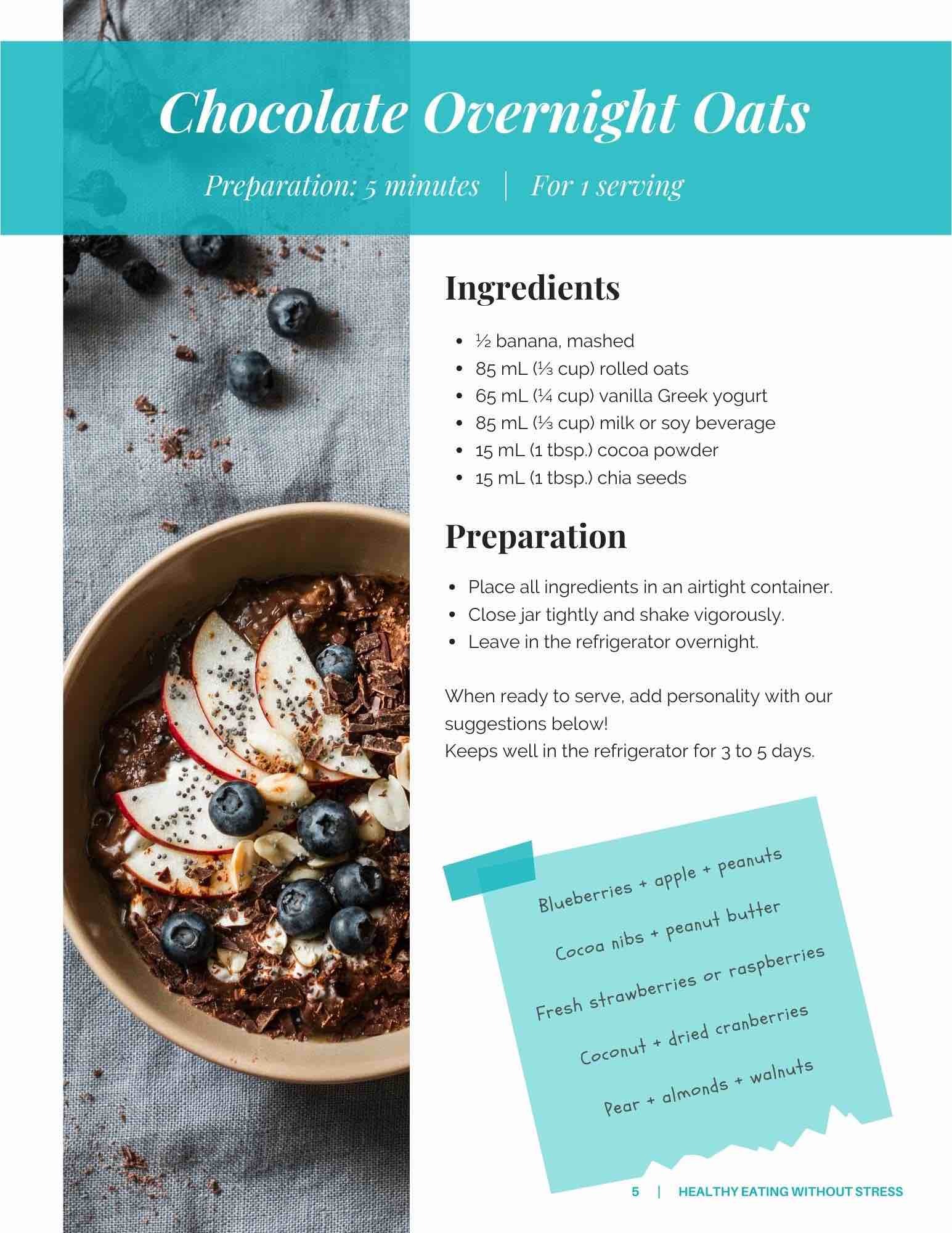
What are Pulses?
Beans, lentils, chickpeas, and peas all fall under the umbrella term of pulses (1). These are all seeds of plants found in the legume family.
On the other hand, legumes refer to a plant that grows in a pod. Some examples of legumes include soybeans and peanuts.
When comparing pulses to legumes, most pulses are low in fat and high in fiber and protein, whereas legumes tend to be higher in fat (1). Therefore, pulses are a great source of plant-based protein.
What Are the Benefits of Pulses?
Not only are pulses very healthy, they are also affordable and sustainable.
As you might have seen when walking around a grocery store, pulses are either sold dry (in bags) or canned. Both of these forms only cost around 10 cents per serving (1), making pulses one of the most affordable protein sources. Tip: when buying pulses in cans make sure they have no added salt or sugar!
Not only that, but pulses are also some of the most sustainable sources of protein as they require little amounts of water to grow and have a low carbon footprint (1).
What Are the Health Benefits of Pulses?
Pulses contain many health benefits as they are high in protein, fibre, and iron (2). For example, 100g of boiled chickpeas, lentils, or red kidney beans all contain 9g of protein (3). Additionally, pulses are a source of both soluble and insoluble fiber (4). Increasing your fiber uptake is a great way to help with satiety and healthy bowel movements.
Pulses are also a great source of vitamins, such as folate, phytochemicals, and antioxidants. Not only that, but pulses are also a low glycemic index food (meaning they won’t spike your blood sugar levels after being eaten) and they are low in fat.
How Can I Incorporate Pulses Into My Diet?
As mentioned above, pulses are a great source of protein, making them ideal for anyone following a vegetarian or vegan diet. Additionally, pulses are gluten free and can therefore be consumed by anyone who is gluten intolerant or has celiac disease (2).
Some great ways to incorporate pulses into your diet is by adding them to salads and stews, making chili and bean curry, or even making some chickpea hummus as a healthy snack.
Tip: remember to soak your dry pulses and rinse your canned pulses before eating them to reduce the risk of flatulence!
It is also important to note that mixing pulses with other food groups can sometimes be beneficial. When pulses are eaten with grains such as eating rice with beans, the protein quality is improved. Combining pulses with vitamin C is also a great way to increase the bioavailability of the iron found in the pulses (2). However, eating pulses along with tea or coffee will decrease the bioavailability of iron so mix with caution!
If you’re looking for a delicious and sweet way to incorporate pulses into your diet, check out Remix Snacks. The two dietitians who founded this company use black beans in their chocolate bark to increase its nutritional value without compromising on taste!
This article was written by: Valentine Le Bon from Remix Snacks
References:
Pulse Canada. What are Pulses? https://pulses.org/nap/what-are-pulses/
FAO (2021). Nutritional Benefits of Pulses. http://www.fao.org/3/c0049e/c0049e.pdf
USDA (2018). Food Data Central. https://fdc.nal.usda.gov
Harvard School of Public Health (2021). Legumes and Pulses. https://nutritionsource.hsph.harvard.edu/legumes-pulses/






